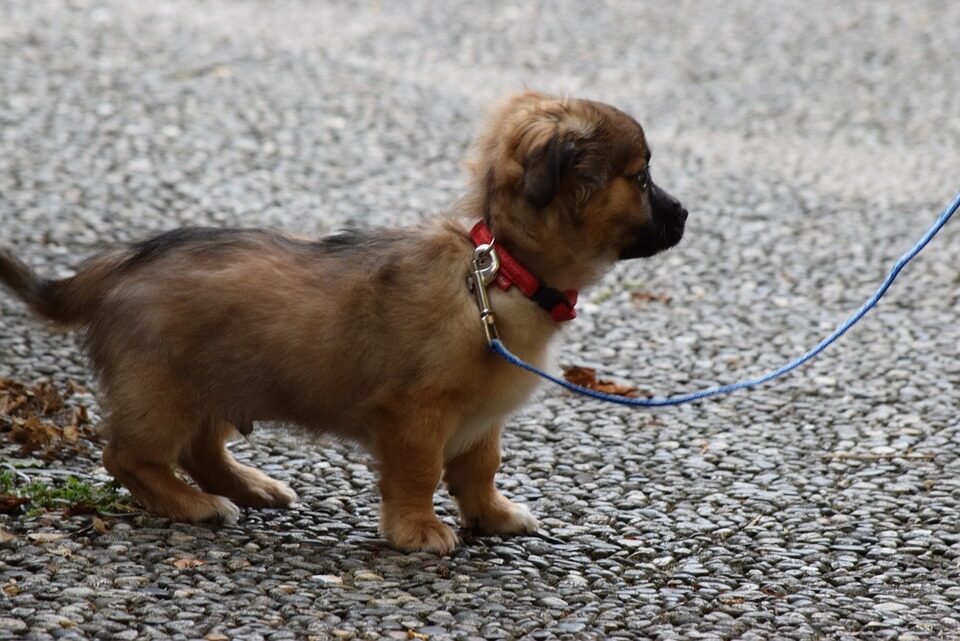Successfully training your dog can be one of the most fulfilling experiences as a pet owner, and one of the very first things you need to teach your dog is wearing a collar and leash. It’s important for your pet to get used to a collar while they’re still young since older dogs tend to dislike the idea of wearing a restraining collar on their necks.
Aside from being a tool to keep your pet under control and out of trouble, a collar and leash can also be a useful tool when further training your dog. Therefore, it’s ideal to do this type of training while your pet is still a puppy. You don’t have to place a collar on them as soon as you bring your puppy home though. You can actually put this off until they’re finish with their vaccination, especially since they won’t be spending their time outdoors during this period.
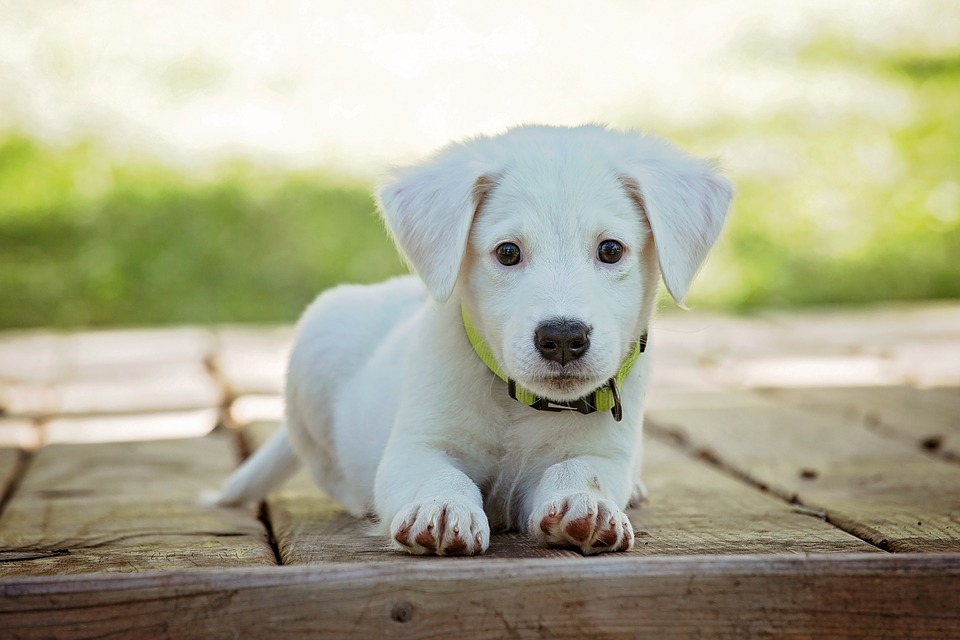
Finding the Right Leash and Collar for Your Dog
The primary consideration when choosing a collar and leash is comfort. If it seems like your pet isn’t comfortable wearing the collar, then it’s probably not a good fit for them. You also need to factor in other things like your dog’s size and build, as well as the type of material that the collar and leash is made out of.
The very first leash that you get for your dog should be one that’s fitted for a puppy. While you might be tempted to get a bigger collar that your dog can grow into, he won’t be comfortable wearing it during this time since it will clearly be too big. Instead, find a thin and lightweight collar that prioritizes your pet’s comfort over anything else.
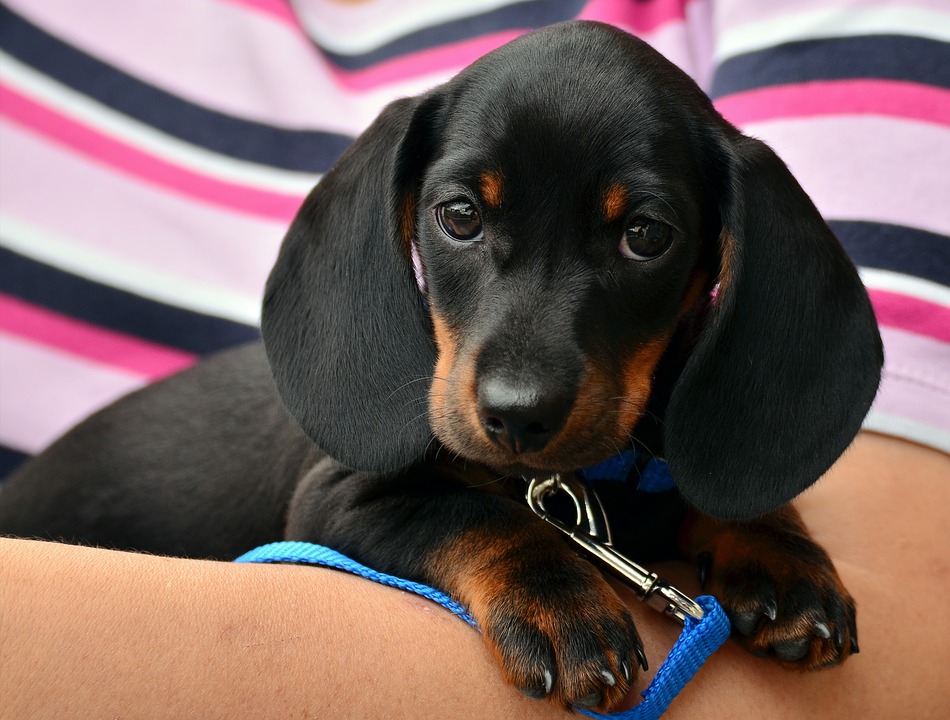
The general rule is that if you can fit two fingers in between your puppy’s neck and the collar, then the collar is loose enough for them to breathe comfortable while not being too lose that they can slip it off.
Take It Slow
The amount of time it takes for a dog to get used to their new accessories can vary. For some it can take just a few hours, while for others it can take as long as a couple of weeks. What’s important here is that your dog needs time to get used to the actual accessories themselves. Let them sniff and play around with them without forcing them to wear it. Once they’re familiar with the collar and leash, they’ll have established ownership over them and recognize them as safe items within the household.

What to Do When They Struggle
Despite all the familiarization with the accessories, your dog might still take offense to wearing a collar by trying to struggle out of it. When this happens, it’s actually best to ignore their struggling. Don’t try to calm them or get angry at them for doing so – acknowledging the fuss only encourages them into thinking that they should remove the collar at all costs.
Reward Them for Wearing the Collar
As with most training, positive reinforcement is the best route for a dog to get used to their collar. You can also do this in conjunction as you’re teaching your dog other tricks. For instance, once you’ve taught your dog to respond to your call, you can slip the collar on your dog and reward it with a treat afterwards.
However, make sure that you don’t give your dog anything if he struggles or makes a fuss as you make them wear the collar. This is counter-intuitive to what you want them to learn about wearing a collar. Instead, you need to wait for them go calm down before wearing the treat. Once they’re used to the collar, you can then do the same thing when training them with a leash.
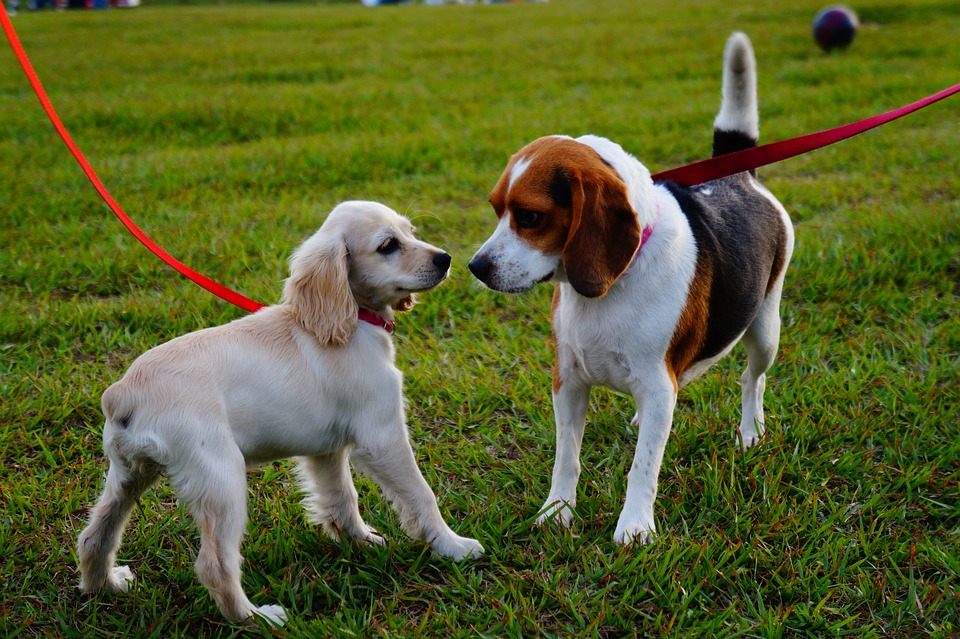
Knowing When to Remove the Collar
One of the things people mistakenly do is to give their dogs a treat once the collar is off. This gives off the wrong impression that removing the collar is a good thing. You need to act like nothing has happened when you remove the collar.
Similarly, the best time to place the collar or remove them is when they’re distracted with something. When they’re occupied with something – like when they’re playing with their favorite toy – just nonchalantly take it off and don’t make a fuss about it. Once they learn to accept their collar like a second skin, it makes it much easier to do any sort of activity while they’re wearing it.
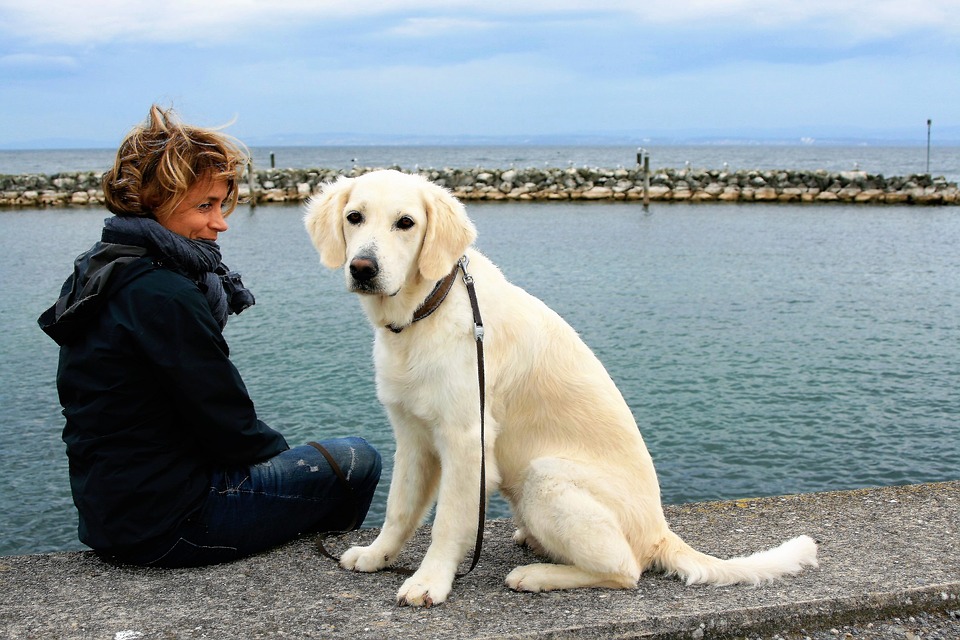
Dog collars and leashes are essential accessories for the safety and comfort of your four-legged friends. Allowing them to get used to them is a huge big step in their training to become fun-loving yet responsible pets.
